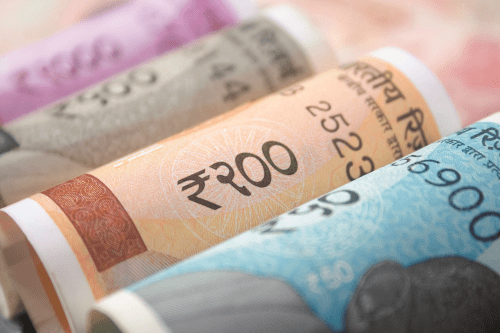High inflation is threatening social stability in China, soaring from 3.3% in March 2007 to 8.3% in March 2008. As a result, the People’s Bank of China has raised interest rates substantially and increased banks’ reserve requirements. The trick for the Chinese government will be to quell inflation in a way that does not compromise its long-term goal of continued strong economic growth. The risks are high.
China’s accelerating inflation reflects a similar climb in its GDP growth rate, from the already high 11% in 2006 to 11.5 % in 2007. The proximate cause of price growth since mid-2007 is the appearance of production bottlenecks as domestic demand exceeds supply in an increasing number of sectors, such as power generation, transportation, and intermediate-goods industries.
Sustained robust growth and rising aggregate demand have also caused production bottlenecks outside of China, most notably in the agricultural commodity and mining sectors, which have helped lift oil prices to more than $100 per barrel. Adding to these woes are two other inflationary factors: first, Porcine Reproductive and Respiratory Syndrome (PRRS, or “blue-ear disease”) has been killing pigs – China’s main meat source – nationwide, and, second, terrible storms in January reduced the supply of grain and vegetables.
In these circumstances, continuing to raise borrowing costs would be a mistake. To be sure, the prolonged rapid increase in Chinese aggregate demand has been fueled by an investment boom, as well as a growing trade surplus. Thus, lowering inflation would require reducing the growth rate (if not the level) of these two demand components. But Chinese policymakers should focus more on reducing the trade surplus and less on reducing investment spending – that is, they should emphasize renminbi (RMB) appreciation over higher interest rates to cool the economy.
A sizeable reduction in aggregate demand through RMB appreciation is achievable without being imprudent, because the current-account surplus in 2007 was 9.5 % of GDP. Investment (especially in infrastructure in backward areas and social investments) should not bear the brunt of the expenditure squeeze, because today’s investment is also tomorrow’s growth in production capacity; and the production of more goods tomorrow would reduce inflation.
Using RMB appreciation as the primary tool to fight inflation implies accepting a temporarily higher unemployment rate now in exchange for a permanently lower unemployment rate in the future. This is because manufactured exports are typically more labor-intensive than investment projects. As a result, a RMB1 billion reduction in exports would create more unemployment than a RMB1 billion reduction in investment spending. But tomorrow’s capacity expansion from today’s investment would mean a permanent increase in the number of jobs created from tomorrow onward.
Nevertheless, China must be careful when implementing RMB appreciation. Policy makers should closely monitor potential changes in the economic conditions in the G-7. A deep recession in the United States resulting from the sub-prime crisis would significantly lower Chinese exports and cut the prices of oil and other primary commodities. In that case, a large RMB appreciation undertaken now would be overkill.
Moreover, the authorities should recognize that RMB appreciation is unlikely to reduce US-China trade tensions. Consider the experience of Japan-bashing in the 1980’s, when the Yen-Dollar end-year exchange rate plunged from 248 in 1984 to 162 in 1986, and then to 123 in 1988. While Japan’s overall current-account surplus declined significantly, from 3.7% of GDP in 1985 to 2.7% in 1988, the overall US current-account deficit only fell from 2.8% of GDP to 2.4%, because Japanese companies started investing in production facilities in Southeast Asia for export to the US. So Japan-bashing continued under a new guise: the additional demand that Japan must remove its “structural impediments” to import.
In short, substantial RMB appreciation would reduce the bilateral US-China trade deficit and China’s overall trade surplus significantly, but it would do little to reduce the overall US trade deficit. In the absence of a generalized appreciation of all Asian currencies and unchanged American policies, possibly only a deep recession could reduce the overall US current-account deficit. A stronger RMB can help only the overheated Chinese economy. And it has the virtue of doing so without hurting China’s future production capacity.


Commentary
Op-edThe Right Way to Beat Chinese Inflation
July 2, 2008